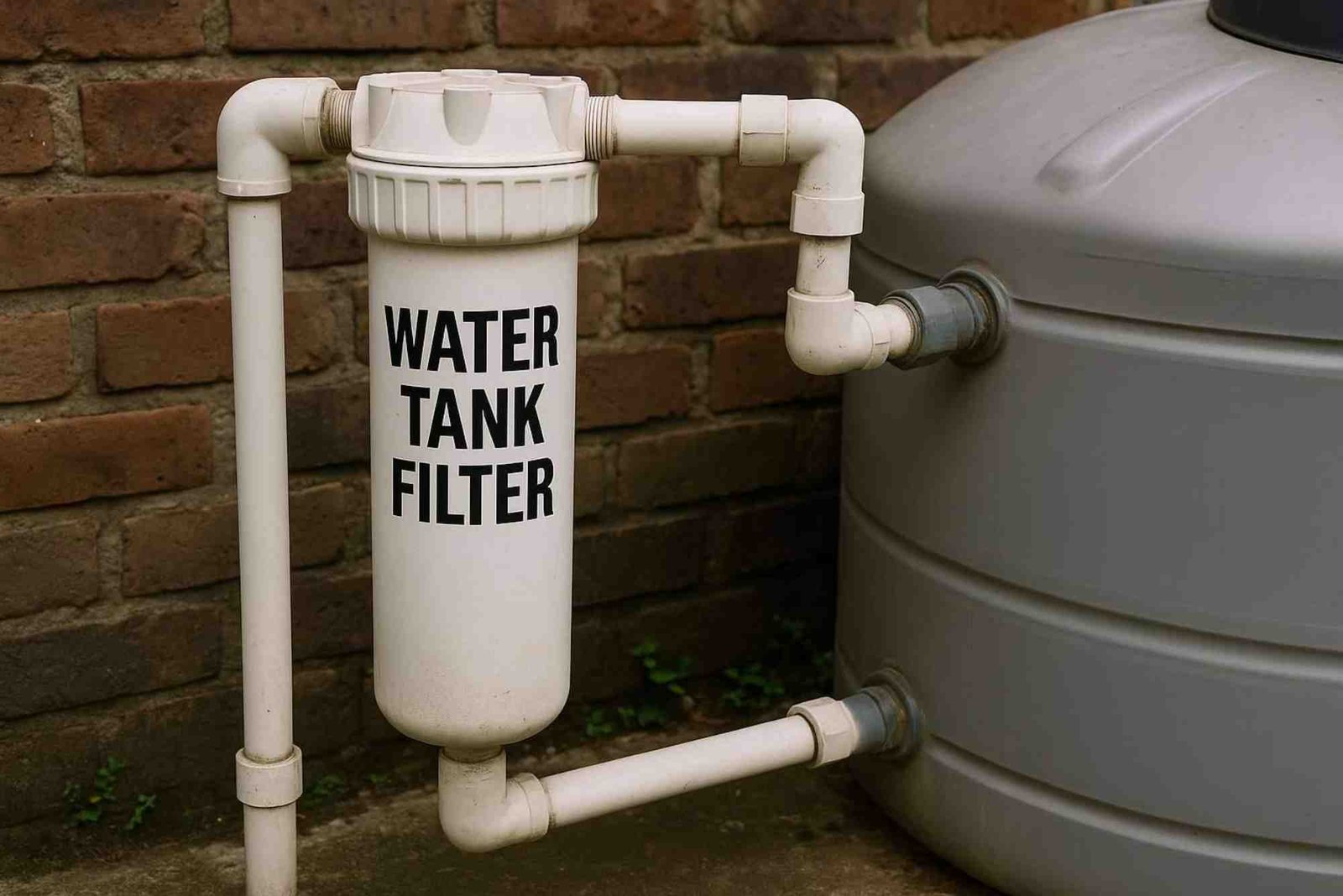How to Make a Pepperoni Pizza: A Step-by-Step Guide
Nothing compares to the joy of crafting your own delicious pepperoni pizza at home. This classic favorite is not only easy to make, but also highly customizable, making it perfect for any occasion. Whether you are a seasoned chef or a kitchen novice, this guide will walk you through every step to create a mouthwatering pepperoni pizza from scratch. From making the dough to achieving that perfect crispy crust, let’s dive into the process of preparing your homemade pepperoni pizza masterpiece.
Gathering Ingredients for Pepperoni Pizza
Before starting, it is essential to gather all the necessary ingredients to ensure that everything is within reach. For the dough, you will need all-purpose flour, salt, sugar, active dry yeast, warm water, and olive oil. The sauce requires canned crushed tomatoes, olive oil, minced garlic, dried oregano, dried basil, salt, and pepper. For the toppings, prepare shredded mozzarella cheese, pepperoni slices, fresh basil leaves, grated Parmesan cheese, and red pepper flakes.
Having all these ingredients ready will make the preparation smoother and more efficient. Using high-quality ingredients, such as fresh mozzarella and organic tomatoes, will significantly enhance the flavor of your pizza.
Preparing the Dough
The dough is the foundation of any good pizza, and making it from scratch is easier than it might seem. Begin by activating the yeast. Combine warm water and sugar in a small bowl, then stir until the sugar dissolves. Sprinkle in the active dry yeast and let it sit for about five to ten minutes. When the mixture becomes foamy, it indicates that the yeast is alive and ready to be used.
Next, mix the dough ingredients. In a large mixing bowl, combine the flour and salt, making a well in the center. Pour the yeast mixture and olive oil into the well. Using a wooden spoon, stir the ingredients until a rough dough forms. At this point, transfer the dough to a floured surface and knead it for about eight to ten minutes. The goal is to achieve a smooth and elastic consistency. If the dough feels too sticky, add a bit more flour; if it is too dry, add a small amount of water.
After kneading, shape the dough into a ball and place it in a greased bowl. Cover the bowl with a clean kitchen towel or plastic wrap and set it in a warm place. Allow the dough to rise for about one to two hours or until it has doubled in size. This rising process, also known as fermentation, is crucial as it develops the dough’s flavor and gives it a light, airy texture.
Making the Sauce
While the dough is rising, it is the perfect time to prepare the pizza sauce. Start by heating olive oil in a small saucepan over medium heat. Add the minced garlic and sauté it for about thirty seconds to a minute, or until it becomes fragrant. Be careful not to burn the garlic, as it can turn bitter.
Next, pour in the canned crushed tomatoes and stir in the dried oregano, dried basil, salt, and pepper. Allow the sauce to simmer for ten to fifteen minutes, stirring occasionally to prevent it from sticking to the pan. The sauce should thicken slightly as it cooks. Taste the sauce and adjust the seasoning as needed, then set it aside to cool. This homemade pizza sauce will add a rich, robust flavor to your pepperoni pizza.
Rolling Out the Dough
Once the dough has doubled in size, it is time to roll it out. Begin by preheating your oven to 475°F (245°C). Place a pizza stone or an inverted baking sheet on the middle rack to heat. A preheated surface is key to achieving a crispier crust.
Punch down the dough to release any trapped air and transfer it to a floured surface. Use a rolling pin to shape the dough into a circle. For a thin crust, roll the dough into a twelve-inch circle; for a thicker crust, aim for an eight to ten-inch circle. If the dough resists and springs back while you are rolling, let it rest for a few minutes to allow the gluten to relax. This will make it easier to shape.
Assembling the Pizza
With the dough rolled out, it is time to assemble the pizza. Lightly dust a pizza peel or a flat baking sheet with flour or cornmeal to prevent sticking. Carefully transfer the rolled-out dough onto the peel.
Begin by spooning a generous amount of the tomato sauce onto the dough, spreading it evenly with the back of a spoon while leaving a half-inch border around the edges. This will create the classic pizza crust.
Next, sprinkle shredded mozzarella cheese evenly over the sauce. The cheese should cover the sauce completely to ensure every bite is filled with its gooey goodness. Arrange the pepperoni slices on top of the cheese, spacing them out evenly. You can add more or less pepperoni depending on your personal preference.
If desired, add optional toppings such as grated Parmesan cheese, fresh basil leaves, or red pepper flakes. These ingredients can enhance the flavor profile and provide a unique twist to your pepperoni pizza.
Baking the Pizza
Now comes the exciting part – baking the pizza. Carefully slide the pizza onto the preheated pizza stone or baking sheet in the oven. This step may require a quick, firm motion to ensure the pizza transfers smoothly without losing its shape.
Bake the pizza for about ten to twelve minutes, or until the crust turns golden brown and the cheese is melted and bubbly. Keep a close eye on the pizza as ovens can vary in temperature and heating times, and you do not want to overcook it. For an extra crispy crust, consider switching the oven to broil for the last minute or two of baking.
Slicing and Serving the Pizza
Once the pizza is perfectly baked, remove it from the oven using a pizza peel or a large spatula. Allow it to cool for a few minutes before slicing. This resting period helps the cheese set slightly, making it easier to cut.
Use a pizza cutter or a sharp knife to slice the pizza into six to eight pieces. Serve it hot and enjoy your homemade pepperoni pizza with your favorite dipping sauce or a side salad.
Tips for Perfecting Your Pepperoni Pizza
To ensure your pepperoni pizza turns out perfectly, there are a few tips to keep in mind. First, always use high-quality ingredients. Fresh mozzarella, quality pepperoni, and organic tomatoes make a noticeable difference in flavor. Experiment with different crust thicknesses based on your preference; a thinner crust will be crispier, while a thicker one will be chewier.
Adjusting oven settings can also help. If your oven has a broiler, use it for the last minute or two of baking to achieve a perfectly browned and crispy crust. Make sure to preheat the pizza stone or baking sheet for at least thirty minutes before baking to ensure even heat distribution.
Using a pizza peel makes it easier to transfer the pizza in and out of the oven, but if you don’t have one, an inverted baking sheet works well. Lastly, feel free to get creative with your toppings. Add vegetables like bell peppers, onions, or mushrooms, or experiment with different cheeses like cheddar or feta to create your unique version of pepperoni pizza.
Making a pepperoni pizza from scratch is a rewarding experience that allows you to enjoy a fresh, delicious meal tailored to your taste. With this step-by-step guide, you have all the tools and knowledge needed to create the perfect pepperoni pizza in your kitchen. Whether you are hosting a pizza night with friends or savoring a quiet meal at home, this homemade pepperoni pizza is sure to impress. So gather your ingredients, roll up your sleeves, and get ready to make a pizza that everyone will love.












